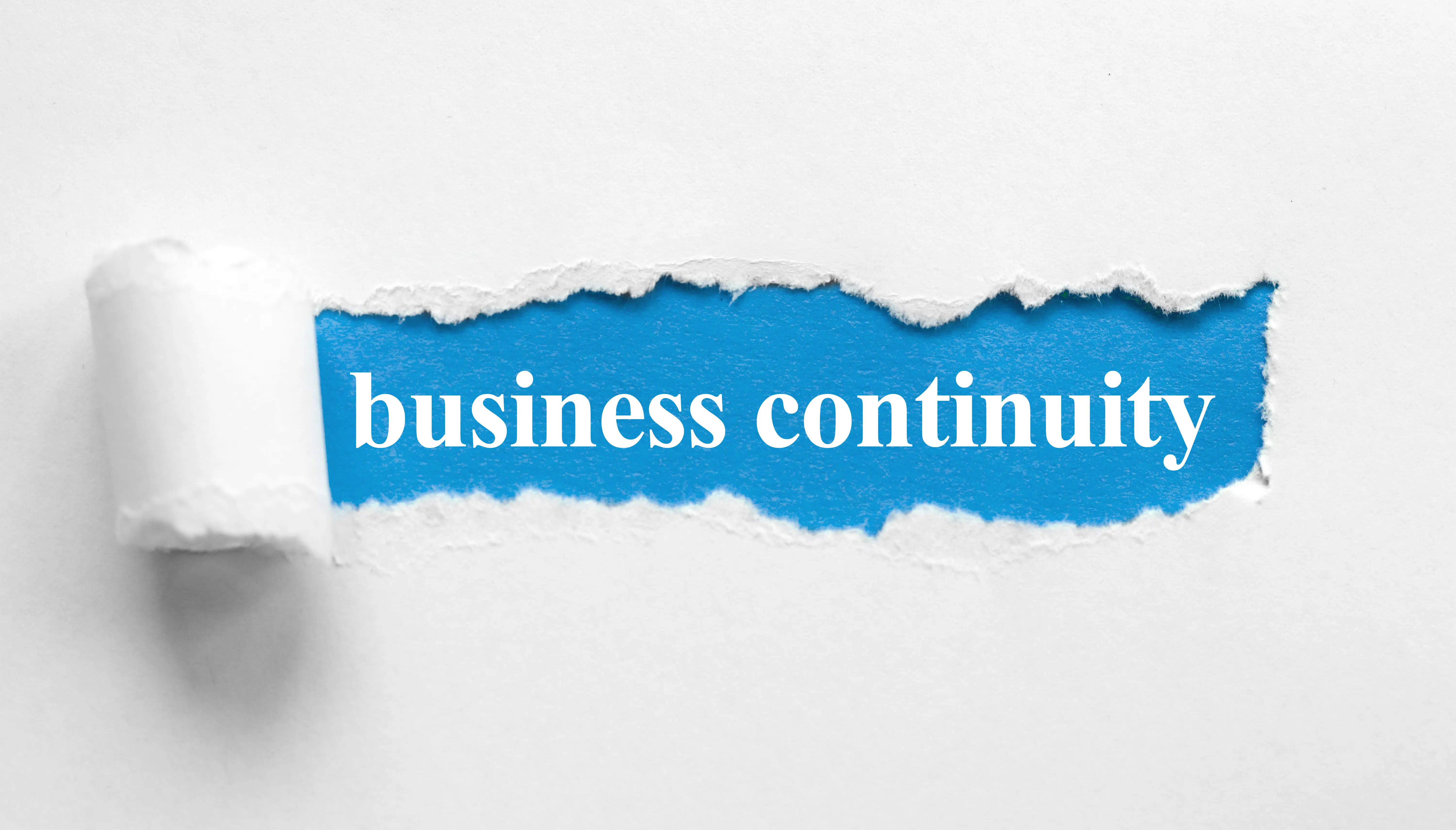Three Ways Document Management Supports Business Continuity

Sharing may be caring but sharing sensitive business documents is dangerous. Let’s be frank here. If not properly secured and access controlled, your business documents are at risk. We’re not just referring to careless or malicious employees here, we’re talking data breaches, power outages, and natural disasters too.
But there are clear steps and powerful tools that can help protect your company data from any disruption that comes its way (and deliver time- and cost-saving efficiencies in the meantime). One essential tool is a cloud-based document management solution like DocLink. Here, we cover three ways document management supports business continuity. We’ve also got a companion recorded webinar on this topic that we invite you to view at your convenience.
1. Secure, Centralized Repository Brings Structure to Chaos
A centralized data repository is essential for providing your employees and other stakeholders with secure managed access to documents. DocLink uses the descriptive term “digital landfills” to describe the state when no formal document management approach exists. We think that term is spot on. Simply storing your data electronically, without a system to index, search, and recall that data, is akin to a landfill. Once it lands, it’s effectively lost.
DocLink brings structure to the chaos. Robust capture abilities index your documents, making them simple to locate and recall as needed (and from anywhere). In addition to organizing your digital library, DocLink allows you to manage access to every document. With DocLink, you can define document access by user at a very granular level – right down to a document’s individual property values.
Watch the on-demand webinar: 3 Ways Document Management is Vital to Business Continuity
2. Version Control Delivers Context and Continuity
For audit and compliance purposes, or simply your own best practices, it is important to know if and how an original document is changed. Who made what changes to a document, when, and why? Version control helps you answer those questions. Essentially employees “check out” a document from the repository, make their changes, optionally include notes surrounding the change, and then check the document back in. DocLink keeps a history of the changes and allows you to view the version history detailing what, when, and why. For more on version control, check out this recorded webinar.
3. Automated Processes Increase the ROI
While items one and two above speak to the practicalities of digital storage and retrieval digital, automated processes are where the business benefits of document management begin to really pay off. DocLink provides a variety of flexible tools that allow you to manage the lifecycle of your critical documents and data, putting them in the right hands at the right time—automatically.
DocLink’s configurable, automated workflows speed and simplify processes, email notifications keep users informed and on task, scheduled report distribution keeps teams in the loop, and (our favorite) smart forms save time and duplicate data entry. For more on automating processes in DocLink, check out this recorded webinar.
Learn More
Electronic document storage is a vital strategy for sharing, protecting, and preserving vital business data. While its value in an emergency or urgent situation is clear, a solution like DocLink brings everyday efficiencies that quickly outpace its price. To learn how a cloud document management system can help your company weather a data breach, natural disaster, power outage, or simple human error, check out our recent recorded webinar, 3 Ways Document Management is Vital to Business Continuity. Contact us any time with your questions.




